This article contains affiliate links. This means that if you make a purchase through one of these links we may get a small commission from the sale at no additional cost to you. Thank you for your support.
The Tactical Athlete and Training to be Batman
Hang around Reddit, YouTube, and the rest of the internet and you will see many opinions on the nature of how Bruce Wayne would train. Consult the comics and you’ll see references to exercising, panels depicting his strength levels, and workout plans that would make the Crossfit games champion swoon. “Batman is strong” is a common, albeit obvious, statement. “Batman is an Olympic-level athlete.” “Batman is one of the best fighters in comics”.
These things are all true, but for those of us who find Batman/Bruce Wayne a useful mental model and not just entertainment, it is helpful to ask “what does Batman actually need to do?” and in so answering this question, better help determine what we want the outcomes of our own physical training to be.
If you want to look like a superhero that’s fine. Aesthetics have their place, and I don’t mind admitting that I want to feel confident when I take my shirt off at the pool. But for me, and I believe this is certainly in line with what Mr. Wayne would think, performance trumps all. But performance in what? When we start to look at what exactly it is that Batman does, a very clear picture starts to emerge; one that, surprisingly, isn’t mentioned very often.
BATMAN IS A TACTICAL ATHLETE
This article cannot possibly address all of the factors and variables that would fall under tactical athlete training. It would be much too long. Instead, the following article seeks to introduce those unfamiliar, to the idea of the tactical athlete, list key characteristics of the tactical athlete and their training, and relate those to Batman/Bruce Wayne, and ultimately show why this method of training fits the character so well. It will also provide ideas on how those individuals interested in training like Bruce Wayne can adapt methods and components of tactical athlete training into their own routines. See the next article for this –
What is a Tactical Athlete?
“Tactical athletes use their minds and bodies to serve and protect individuals, communities, states, countries, and themselves.”
NSCA’s Essentials of Tactical Strength and Conditioning
The above quote is taken from the National Strength and Conditioning Association’s publication on tactical athlete training. Tactical athletes serve in jobs such as soldier, firefighter, and police officer. Those serving in positions such as Army Ranger, Pararescueman, or SWAT Officer would simply be tactical athletes performing at a higher level in a much more specialized role.
Would Bruce Wayne train like an MMA fighter? It certainly seems to fit, right? While skill and stamina in fighting are part of the picture, they’re not the whole picture. There are several key components that are different for a tactical athlete like Batman versus a professional sports athlete that can and should influence how they train. It should go without saying, but none of the following is meant to disparage professional sports or those that take part in them.
Key Characteristics of the Tactical Athlete and Tactical Athlete Job Demands
Life or Death
When comparing the nature of the tactical athlete versus a professional sports athlete, the most obvious difference is the stakes. Batman is training for situations in which the repercussions are much higher than your typical athlete. Due to the dynamic nature of tactical operations, death or severe injury can come from a variety of factors including environmental concerns, vehicular mishaps, negotiating difficult terrain, not to mention, you know- hostile enemies. While professional athletes do get injured severely sometimes, these instances are uncommon occurrences, whereas for the tactical athlete, every time they enter the arena of their chosen profession they have the very real knowledge that it could be their last.
Year Round Training
There is no true off season for the tactical athlete. Although there might be a recovery period post deployment or similar, a tactical athlete must maintain their level of preparedness at a high standard virtually non-stop. This is in contrast to the professional sports athlete that has a predictable season and can ramp up gradually for it, then take a break once that season is over. This factor requires a balanced training approach that will always keep the tactical athlete at a high performance level, but keep them from injuring themself or burning out.
Wide Variety of Training Needed (Occupational Specificity)
In terms of number of skills needed, the MMA athlete is more similar to the tactical athlete than other professional sports athletes. In the same way that an MMA fighter must be well rounded enough to grapple, strike, and wrestle, a tactical athlete must be competent in a wide variety of skills. In Batman’s case he’ll need all those MMA fighter skills PLUS competence and endurance in swimming, climbing, running, and parkour, not to mention the job-specific skills of a pilot, detective, engineer, stunt driver, EMT, etc.
Training specific skills is outside the scope of this article, but in terms of physical characteristics, Bruce will need high maximal strength but also endurance in moving weight under fatigue. He’ll need very high levels of aerobic stamina and the mental fortitude to endure the stress of long bouts of training and extended events. He will also need to have good mobility and stability in order to keep his joints and muscles safe in a variety of positions under varying demands.
In many sports, such as boxing, basketball, or tennis, the best way to improve is to actively practice the sport itself and other drills and conditioning support that main aim. For tactical athletes however, who’s job requires a high level of competence in many oftentimes unrelated subsets of skills, this complicates their training program both in design and execution.
Since any given athlete has limits on their time and energy, what is crucial is that a tactical athlete and their coach look objectively at the tasks and skills needed by that specific athlete and tailor their training to it. There’s a reason that Navy Seals are good in the water and that Green Berets speak a second language.
Unexpected is the Norm
Although tactical athletes and their coaches must try their best to predict future challenges and train in a way to meet them when they present themselves, there is just no escaping the fact that missions and operational situations are fluid and unpredictable in nature. Not only may they be called out on a job at any time, the requirements for the job may be totally unexpected as well. Consider this in contrast to the professional sports athlete who knows their entire season’s schedule (or at least their next event) up front, where the competition will take place, against who they will compete, etc.
Personal Protective Gear and Need to Carry Load
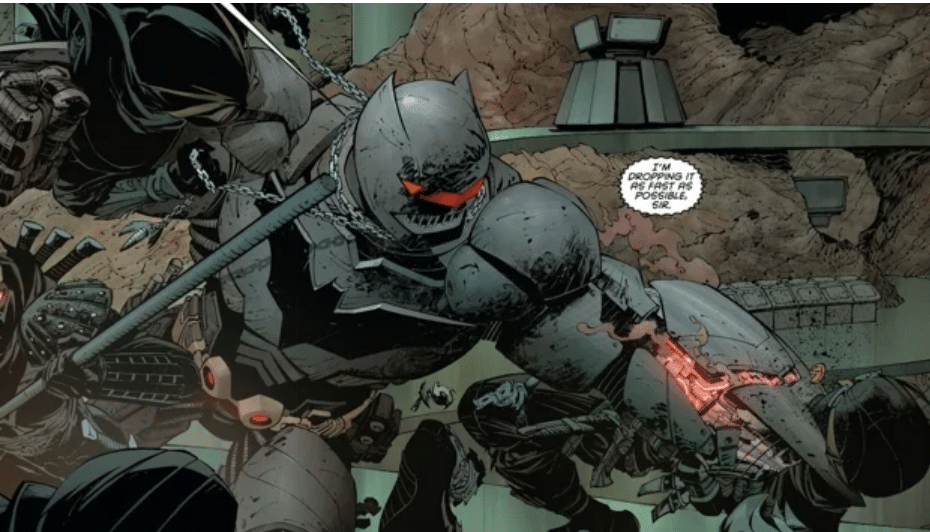
Another way in which some athletes are similar to Batman and other tactical athletes is that they must wear personal protective equipment or PPE. Football players and hockey players wear up to about 10-40 lbs of full coverage gear for each game and a similar load during practices. Many other athletes don’t have this requirement, including MMA fighters. A tactical athlete’s PPE and load will be mission specific, meaning that every time they go out they might take different sets of gear with them.
Special Operations personnel often operate with a heavy pack, sometimes weighting up to 85 lbs. A firefighter’s PPE weighs between 45-75 lbs. A Batman that has to wear, operate, and fight in a heavy mech suit is going to need to have the strength and stamina to carry that load.
Additionally, there are times when tactical athletes must move heavy equipment, casualties or litters, or other unexpected things. When these demands arise the tactical athlete must also rise to the challenge, but they can only do so if they have taken into account all of the possible physical demands that they might encounter.
In the book, Alone at Dawn, the author, Dan Schilling, expertly details the trek up the Afghanistan mountains that Air Force CCT Jay Hill and his team executed during Operation Anaconda. A typical loadout would already be a heavy burden, but due to temperatures approaching zero degrees Fahrenheit (see next section), Hill’s radio batteries performed at half their normal life expectancy.
Taking extra batteries to compensate for this, each man’s pack weighed upwards of 120 pounds, which they carried for nine hours through deep snow up two miles of mountainous terrain. All of this only to reach their objective, where they could finally begin to execute their actual mission.
Any and All Environmental Conditions
A tactical athlete must train to meet their mission requirements in nearly any conditions. There is no postponing the event till next week due to inclement weather. Therefore, they must conduct training to acclimate to heat, cold, and rain. They must train with all weather gear and become familiar with it.
“A tactical athlete must be ready to face any and all threats – physical, environmental, or psychological.”
– NSCA’s Essentials of Tactical Strength and Conditioning
I love that last bit about facing psychological threats. I believe in this case the authors are probably referring to dealing with the atrocities of war, ramifications of PTSD, isolation, etc. Of course it fits Batman so well because he regularly faces all manner of criminals escaped from Arkham Asylum, many of whom will attempt to use psychological warfare tactics on him.
Examples of Batman’s Occupational Demands
Here are some examples from the recent movies of Bruce Wayne/Batman going full tactical athlete. Notice in these examples that it is often a combination of traits and skills that enables Bruce to deal with the situation at hand. Being strong isn’t enough by itself, nor is being an intimidating fighter.
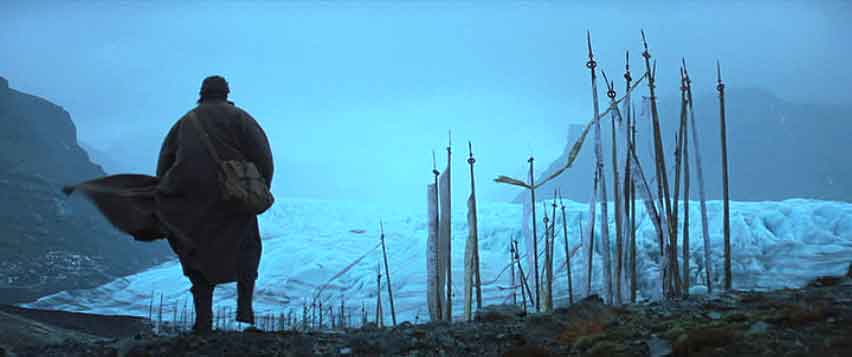
In the film Batman Begins, Bruce Wayne hikes up a mountain in frigid conditions only to be met not with rest and recovery, but with a test of will by Ra’s Al Ghul. Before becoming Batman as we know him, Bruce clearly displays some hardy endurance as well as mental fortitude. He doesn’t use any fighting skills until having reached his destination exhausted and barely able to stand.

Later on in Gotham, Bats goes out on a simple fact finding mission. What should be routine detective work takes a turn for the worse when Dr. Jonathan Crane and company show up. Surprising Bats, Crane sprays him with his fear gas and lights him on fire. This unexpected turn of events nearly kills Bruce, but his training kicks in and he’s able to escape in time to call for help. His equipment along with quick thinking by his support team saves him.
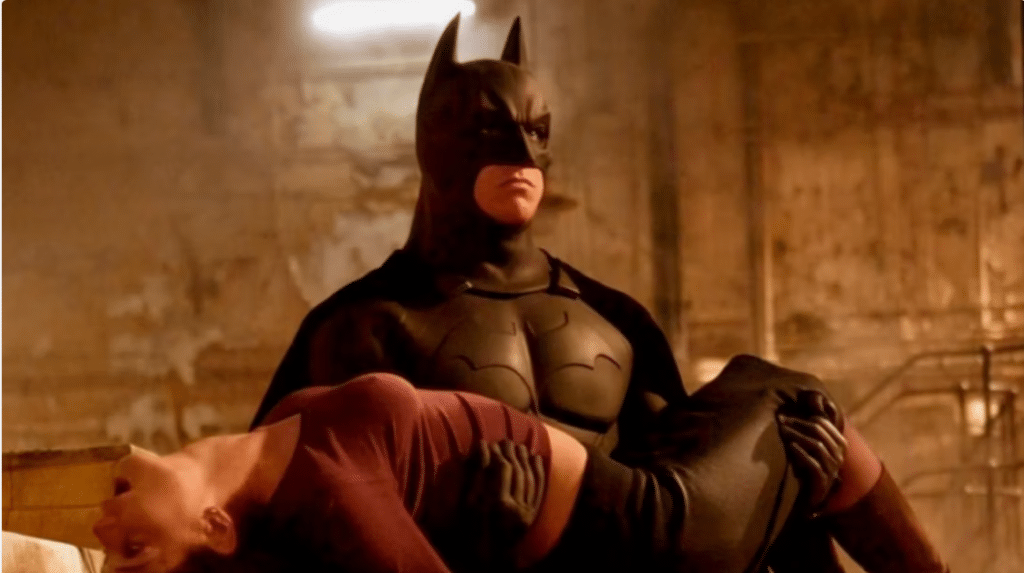
Casualty extraction- Rachel Dawes probably only weighs about 120 lbs, but carrying that load (or sprinting with it!) for a distance is a substantial physical demand. In this scene it’s actually (surprise!) a police officer in the form of Jim Gordon that carries Rachel down the steps and out of the building where he hands her off to Wayne.
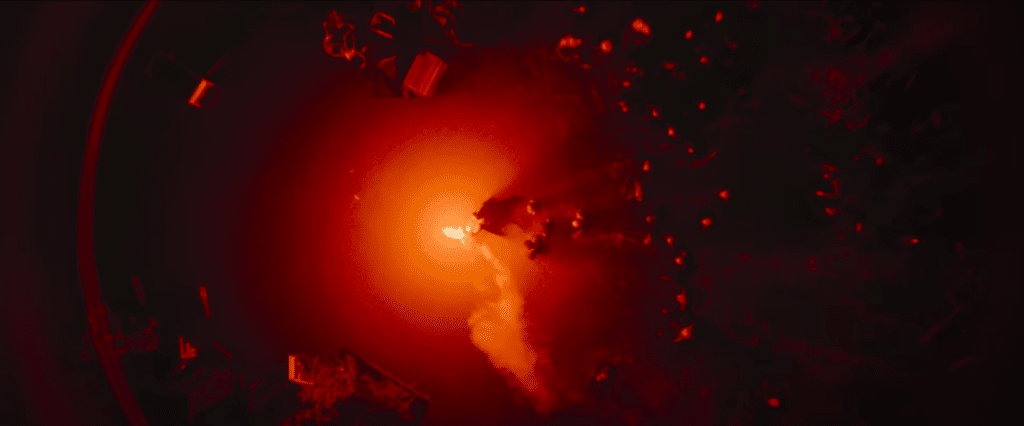
In The Batman, Robert Pattinson’s version of Batman leads people to safety after water floods the stadium. This is after leaping, climbing, and swinging across scaffolding to (maximum effort!) run the gauntlet of Riddler sympathizers threatening the citizens in attendance. Are you going to swing from the ceiling and fight bad guys? Well, maybe not. However…

I admit a certain affinity for the old guy version of Batman. This shot from Batman v. Superman depicts an older, more world-weary version of Bruce Wayne, just after rescuing the little girl from being crushed by debris. The interesting thing about this whole scene is that it illustrates that this person, this Bruce Wayne, doesn’t save this girl as Batman. In this scene, it is a bystander in the right place at the right time who is able to save the girl at least partially because he has trained as the tactical athlete that Batman is.
It speaks to the overall General Physical Preparedness (GPP) that anyone can strive for, even though they may not employ it in their everyday job. You might be a desk jockey, a knowledge worker, or a student. YOU may not be a tactical athlete (I’m certainly not). But that doesn’t mean you can’t train like one. It’s rewarding, challenging, effective as hell, and it might just save your life or that of a loved one some day.
We Can All Be Batman
See the next article to get The Bruce Wayne Workout – A Tactical Approach and begin building your Batman capacity.

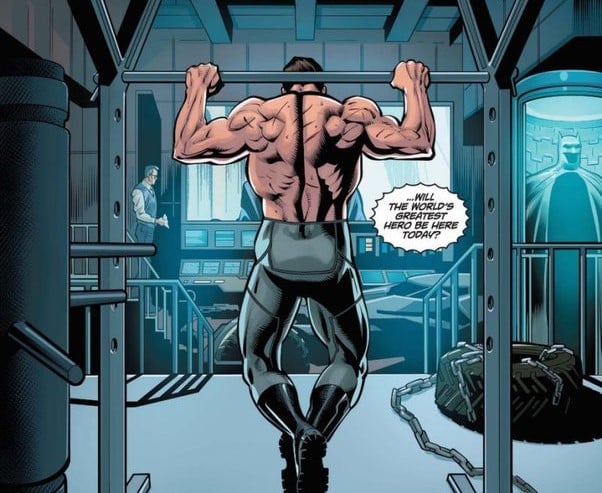



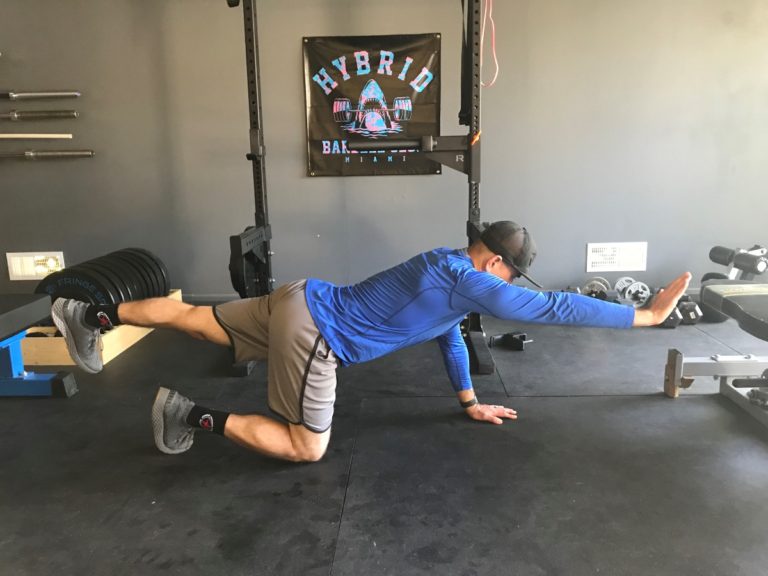

Just stumbled across this. Check your email